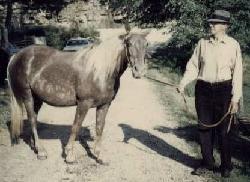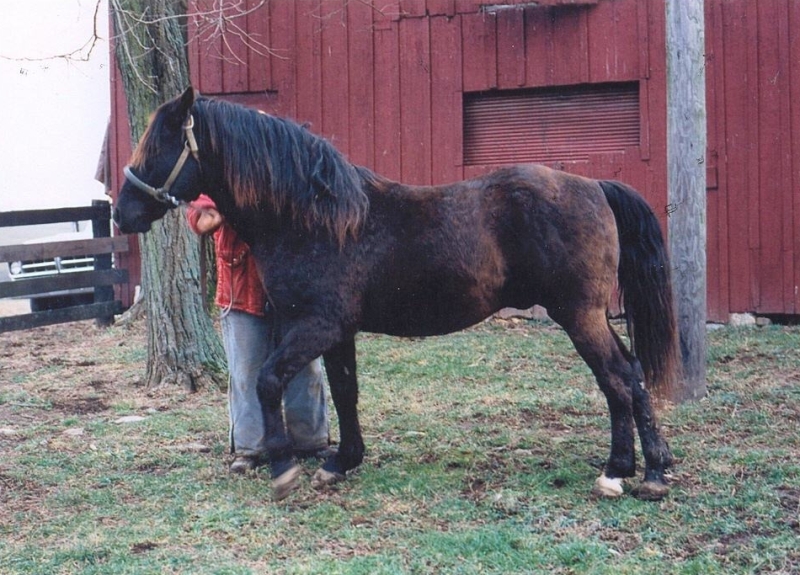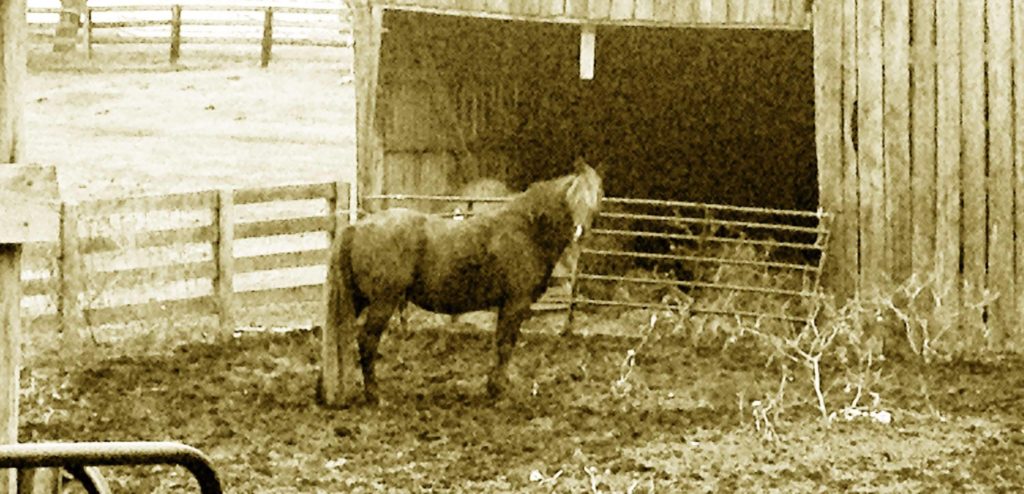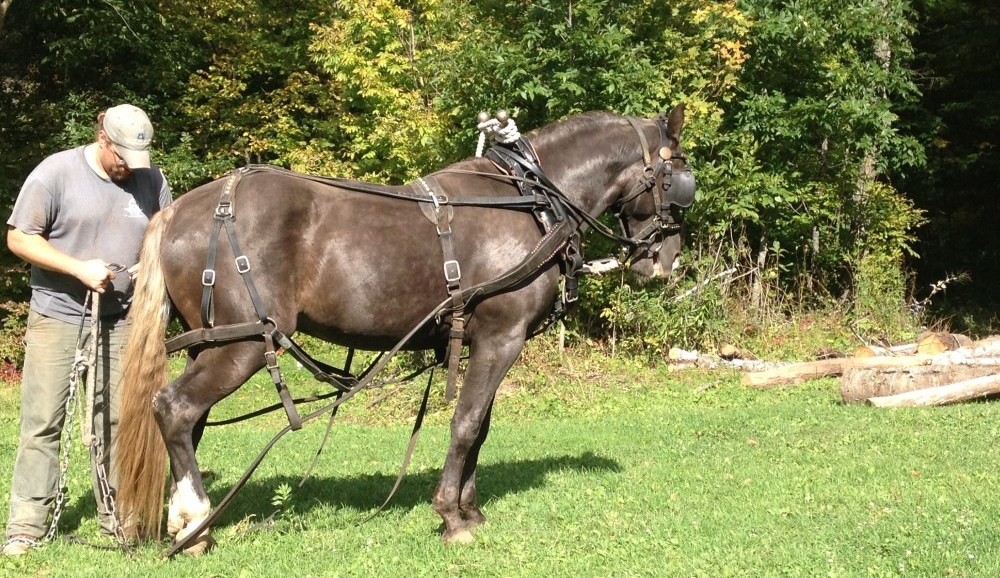Anatomical difference #2: Elizabeth Graves first pointed this out to me (Thank you Liz!) and since then, I have found this to be fairly common in Rockies. Many old time Rockies have shorter lips (not jaws)- meaning the corners of the mouth are closer to their nose than other horses. Since their corners of their mouth are closer to the front of their face, these horses tend to carry the bit closer to their canine teeth on the bars of their mouth. This can make bitting a little more touchy for a horse. If you place the bit too far back, it will stretch their lips too much. On the other hand, if the bit is too close to their canines it might bump those. I have a few horses that are this way, but I have not had any bitting issues with these horses. I do however, bit them up on a highline and adjust the headstall until the horse seems most comfortable long before I decide that bit fits correctly. They tell me when they are comfortable and go from there. Of course, a hack would be another entirely appropriate option.
Neither of these two traits are exclusive to Rockies and they are certainly not common to all Rockies. These are just two ways that Rocky Mountain Horses tend to be different from other breeds. It is little differences like these that make our breed unique.
I’ll try to get some pictures of what I mean up here soon, check on back for those!



